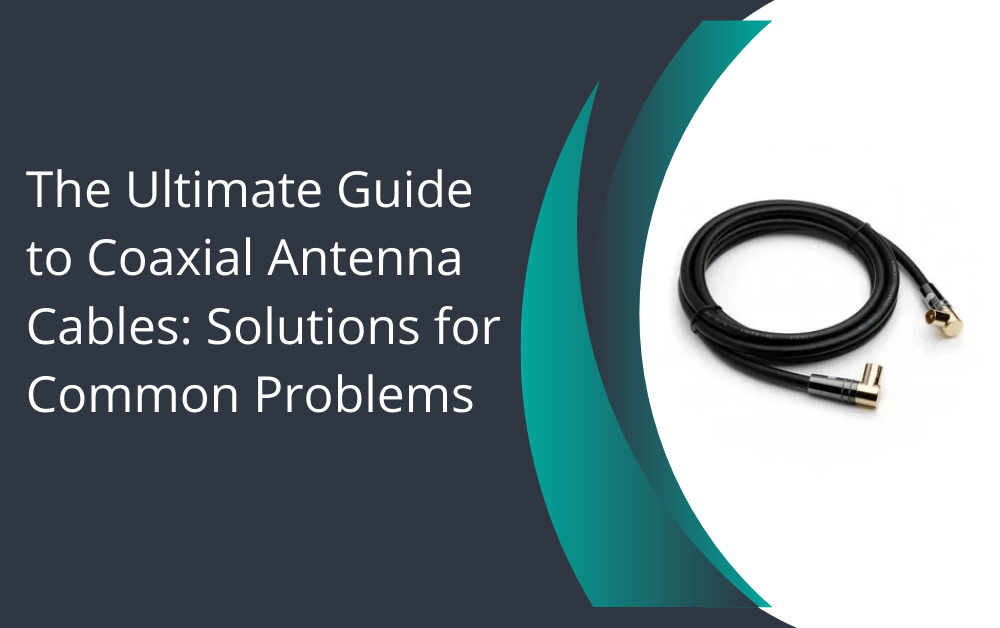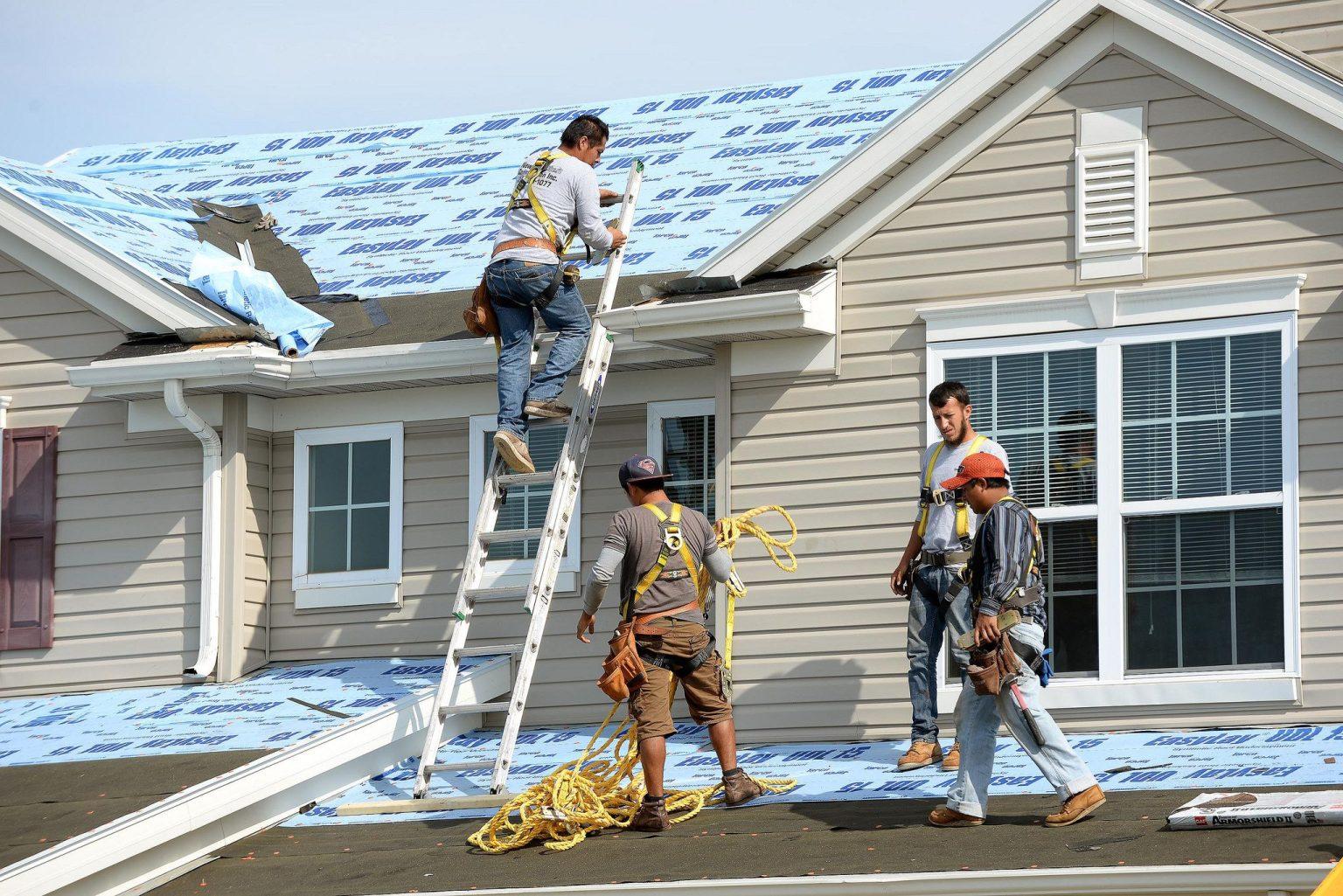In today’s world, where digital communication is the backbone of our daily interactions, ensuring a strong and reliable connection is crucial. One key player in maintaining this connectivity is the Coaxial Antenna Cables. These cables are vital for various applications, from setting up your home television to ensuring clear radio communications and internet connections. This guide aims to demystify coaxial antenna cables, making the information accessible and understandable to everyone, regardless of technical background. Let’s dive into the world of coaxial cables, understand their importance, and explore solutions to common issues.
Understanding Coaxial Antenna Cables
What Are Coaxial Antenna Cables?
Imagine a tube within a tube, and you have a basic idea of what a coaxial cable looks like. The inner conductor, typically made of copper, carries the signal. An insulating layer surrounds this conductor, and a metallic shield covers that to block signal interference. An outer plastic sheath wraps the entire assembly for protection. This design maintains the signal’s quality during transmission, making coaxial cables a preferred choice for broadcasting television signals, internet connections, and beyond.
Why Are They So Important?
The design of coaxial cables allows them to transmit high-frequency electrical signals with minimal interference from external sources. This is crucial for maintaining the clarity and reliability of the signal, whether it’s your favorite TV show, a crucial radio communication, or a fast internet connection. Their durability and effectiveness in various conditions make them an ideal choice for both residential and commercial uses.
Common Issues with Coaxial Antenna Cables and Solutions
While coaxial cables are designed to be reliable, they are not immune to problems. Let’s look at some common issues you might encounter and how to solve them.
Poor Signal Quality
Causes:
- Damaged Cables: Physical damage to the cable can hinder signal transmission.
- Loose Connections: If the cable is not properly connected to the device, it can result in a poor signal.
- Interference: External electronic devices can interfere with the signal.
Solutions:
- Regular Inspection: Regularly check your cables for any physical damage and replace them if necessary.
- Secure Connections: Make sure all connections are tight and secure.
- Cable Management: Keep coaxial cables away from other electronic devices to minimize interference.
No Signal
Causes:
- Severed or Disconnected Cables: A complete break in the cable or disconnection can result in no signal.
- Faulty Equipment: Sometimes, the issue might be with the device rather than the cable.
Also read :- The Ultimate Guide to Understanding 75 Ohm Coaxial Cables with F-Type Connectors
Solutions:
- Check Connections: Ensure that all connections are intact and the cable is properly plugged in.
- Test with Another Device: Try connecting the cable to another device to determine if the problem lies with the original device.
Signal Interference
Causes:
- External Interference: Nearby electronic devices, power lines, or even certain types of lighting can cause interference.
- Cable Quality: Lower quality cables are more prone to interference.
Solutions:
- Use Shielded Cables: Ensure your coaxial cable has adequate shielding to protect against interference.
- Reposition Cables: Sometimes, simply moving the cable away from the source of interference can solve the problem.
Upgrading Your Coaxial Cable Setup
Choosing the Right Cable
Not all coaxial cables are created equal. When selecting a cable, consider the following:
- Length: Shorter cables generally provide better signal quality.
- Quality: Higher quality cables offer better shielding and durability.
- Connector Type: Make sure the connectors are compatible with your devices.
Professional Installation
For complex setups or if you’re experiencing persistent issues, consider hiring a professional. They can ensure that your cables are installed correctly and provide the best possible signal quality.
Conclusion
Coaxial antenna cables are a fundamental component of our digital communication infrastructure. Understanding their function, recognizing common issues, and knowing how to address them can significantly enhance your connectivity experience. By following the guidelines and solutions provided in this guide, you can ensure that your coaxial cable setup is optimized for the best possible performance. Remember, a little knowledge and some simple troubleshooting can go a long way in keeping you connected to the world.
Note :- If you need more ideas about Coaxial Antenna Cables, you can find them on this theinfluencerz.com






